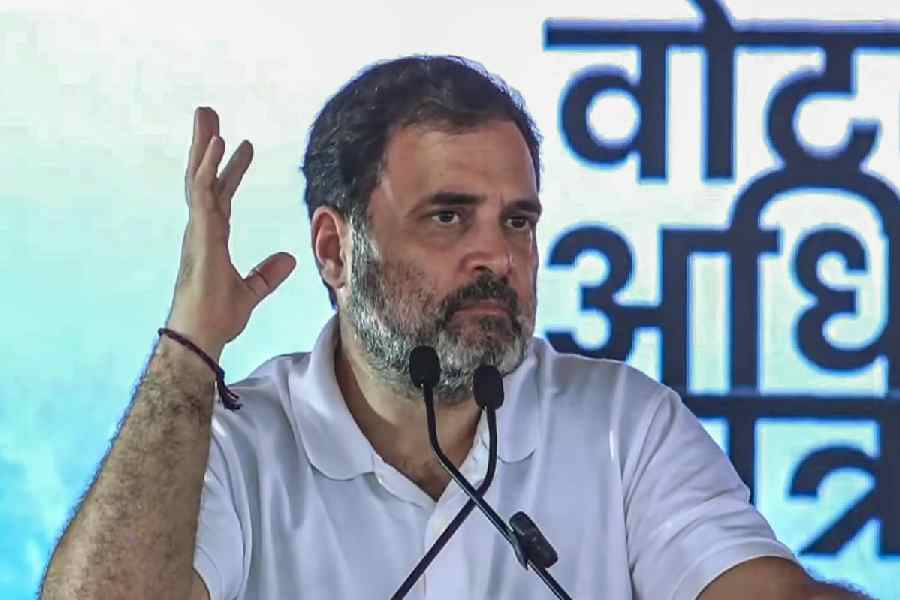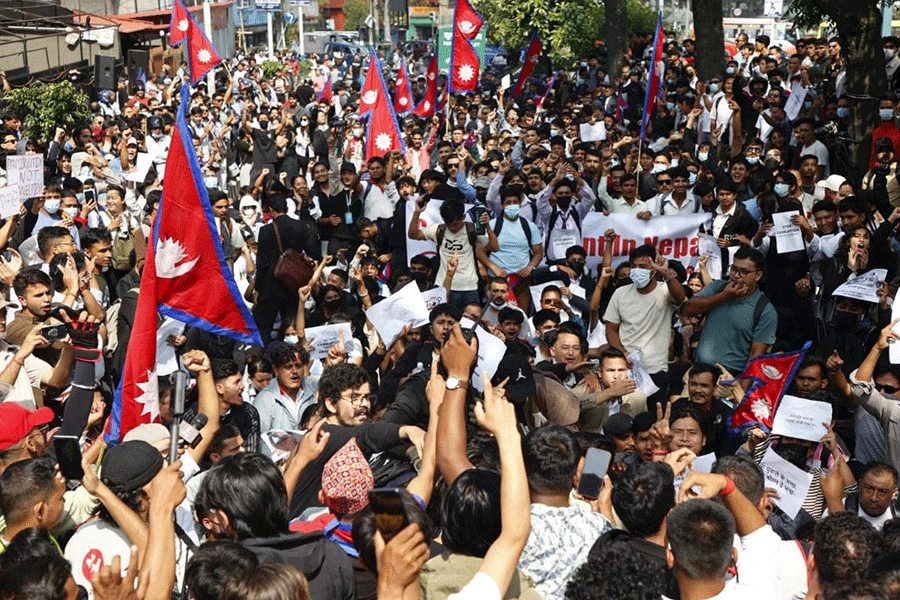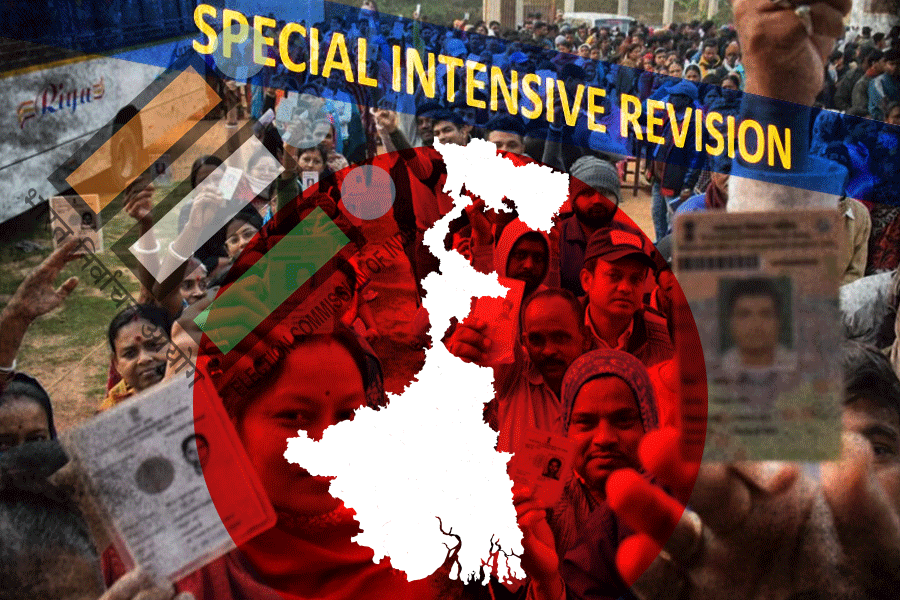 |
| Sudhis Chandra Banerjee Photo: Shambhu Hazra |
Kala Kunj proved to be the ideal venue for a confluence of different streams of music, musicology and literature on October 18. The ambience at the Kala Mandir basement brought to mind the famous Jim Reeves number, I hear the sound of distant drums. As the loud thuds filtered down from the floor above, sitarist Parthasarathi Chatterjee bravely adhered to the guidelines of his revered guru Indranil Bhattacharya of Maihar gharana and rendered Maru Bihag almost bereft its usual vocal Ma. He achieved the desired results convincingly when his gat-bandishes in slow, medium and faster teental followed the leanings set by the brief but eloquent aochar. With sparks of intricate layakari, a variety of taans and good jawabi sangat provided by Ashok Chakraborty’s tabla, it was an enjoyable recital.
Earlier, Orphelia Chatterjee presented a bouquet of bhajan, adhunik and Nazrulgeeti in a strikingly malleable voice and an impressive range. The melodic patterns, juxtaposed notes and chromatic phrases deserve special mention.
Renowned tabla maestro, Kumar Bose, played a different role by releasing the book Tabla and the World of Indian Rhythms written by Sudhis Chandra Banerjee.
The author, in the absence of an authentic book on tabla in English, took up this project with a foreign market in mind. A metallurgist by profession, he had learned tabla from Bose’s late father, Biswanath Bose.
Shubhi Publications, India, organised the book launch event followed by the musical soiree that commenced with a warm presentation by the author and his wife.
Fortunately, for aficionados of music, a number of budding professionals rendered delightful recitals later in the evening.
Shubhabrato Chatterjee, a disciple of Deepak Choudhury, played a lilting Majh Khamaj. The sarod player intended to build an interesting façade of layakari for his innovative ventures to the tabla accompaniment of Banerjee who struggled to engineer a comfor table base for the young aspirant.
Yet again, it was evident that in Indian classical music, the musician is required to be in total control, improvise and display perfect harmony. Or else, the yawning gap between one’s intent and presentation becomes a little too palpable.











